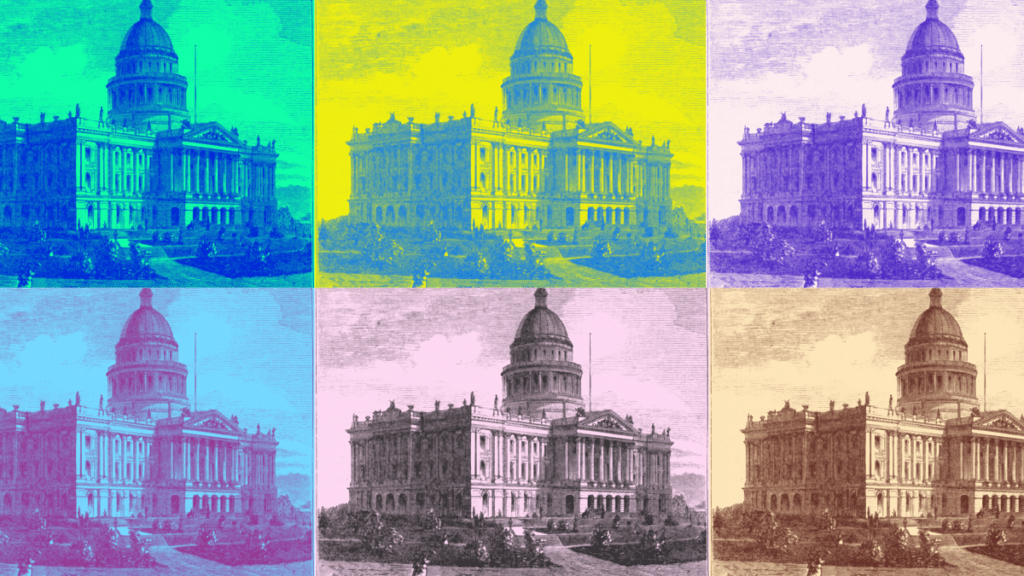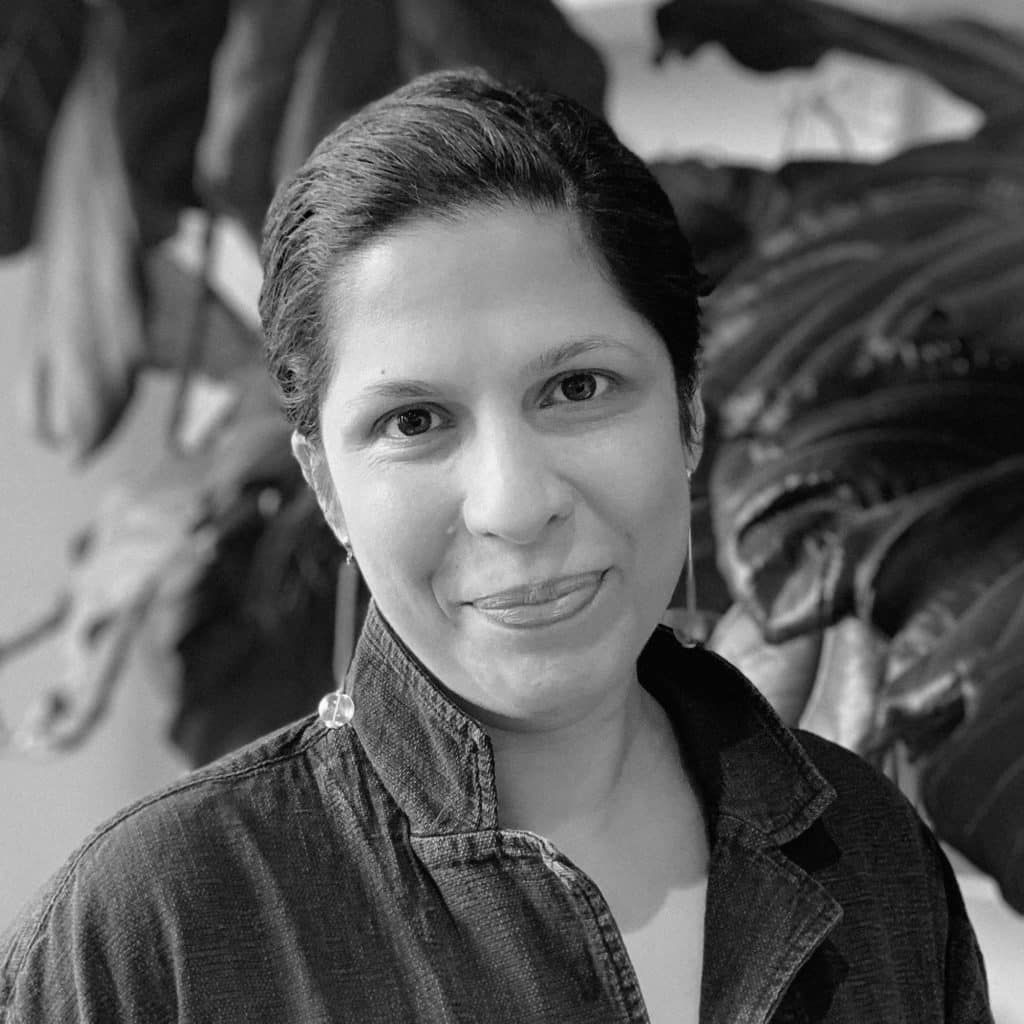Why Tech Policy Advocates Should Think about Caste Protections
Sareeta Amrute / Oct 2, 2023Sareeta Amrute is Associate Professor of Strategic Design at Parsons, The New School and Principal Researcher at the Data & Society Research Institute.

SB403 has been on Governor Newsom’s desk for over three weeks; he should sign it without delay. The bill would be the first in the country to outlaw discrimination based on caste. Its passing answers a need for protections against caste-based discrimination among California residents. It also provides a rich opportunity for tech equity conversations to expand their usual frames of reference.
Caste is a hierarchical and hereditary system of exclusion based on birth found in all religions of South Asia and with analogs in other regions of the world, including Japan and the Sahel region of Africa. In the United States, people from caste-oppressed backgrounds have experienced caste-based discrimination alongside and often hidden by other forms of inequitable treatment, such as racism and gender discrimination. Yet, they have had little legal precedent by which to make caste discrimination visible. To remedy this omission, SB403 adds caste to the list of protected categories in California’s civil rights legislation.
Dr. Nirmal Singh, a physician and one of the members of the Ravidassia Sikh community in California who is currently on hunger strike until SB403 is signed, told me that the importance of this policy ranges far and wide. He described the broad coalition of those who have been working to pass the legislation: doctors, truck-drivers, convenience-store workers, those with arthritis and in wheelchairs, oppressed-caste people from Christian, Muslim, Buddhist, and Hindu communities. “I am very proud of the Ravidassia community," said Dr. Singh, "and how they came together in fighting for their own civil rights.” He finds the significance of the bill in its ability to act “like a stoplight” to deter those who might discriminate against caste-oppressed groups. In his own life, he sees the long-term implications of this fight for his daughter, who is seven. Due to the social movement Singh and his family have been involved in to pass SB403, “she knows now no one can treat her badly.”
SB403 also presents an opportunity to take a proactive approach to algorithmic governance and make the state a leader in innovating on AI regulations, since it will make caste part of a raft of protections that apply in areas like employment and housing regulations. As tech policy makers think through ways to regulate and audit automated hiring and rental application systems, SB403 affords them the opportunity to understand how such systems deal with forms of discrimination that are less visible than those based on race or gender.
We do not know yet how to audit algorithmic systems for caste discrimination, but these will most likely require uncovering correlations and design choices built into user interfaces. These correlations and design choices may be producing caste bias because of the ways that caste relates to particular educational institutions, voluntary social groups, or dietary and other practices. The conversation on bias and discrimination can move – through efforts to uncover such patterns – to a more sophisticated understanding of how bias manifests across categories of discrimination and across the globe. To get these proactive AI accountability measures right, it will be necessary for advocacy and community groups to define the questions worth asking, to do adversarial audits on hiring and other systems, and to get backend access to systems so that tech policy practitioners can find points of intervention within AI processes.
Caste protections have the potential to change what tech policy practitioners think of when they think of fair AI, and to create a new standard when it comes to evaluating these systems. Governor Newsom has a chance to help lead the way, with the stroke of a pen.
Authors
